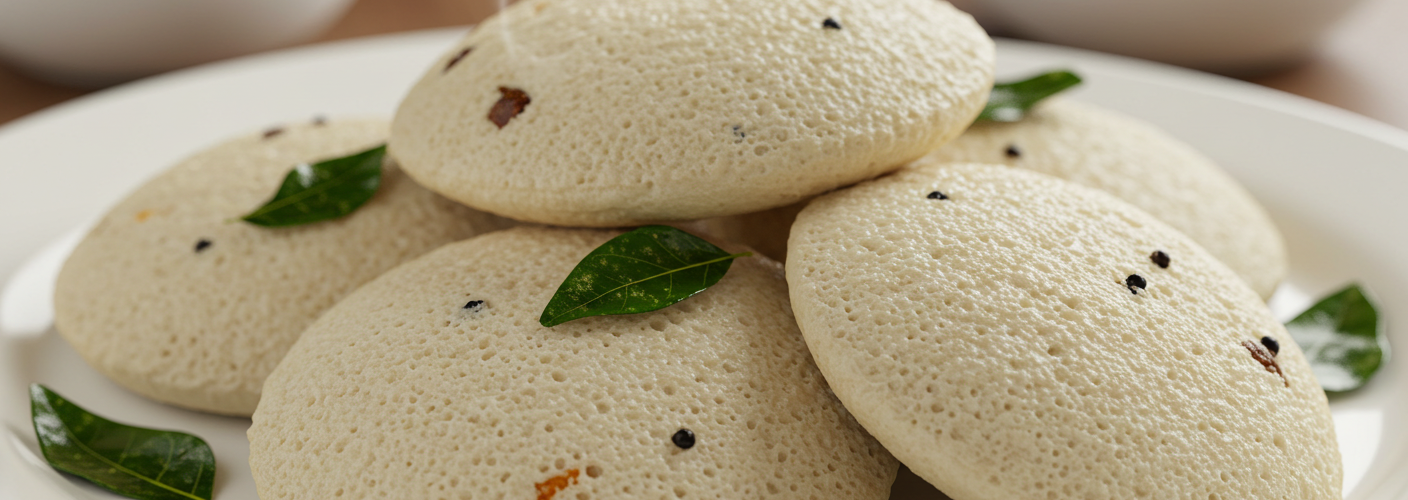Idli, a traditional South Indian dish, has gained immense popularity not only throughout India but also in various parts of the world. Known for its light and fluffy texture, idli is a savory cake made from fermented rice and lentil batter. This delightful dish is not just a staple in many South Indian households, but it is also a nutritious option that caters to diverse dietary needs.
The Basics of Idli
At its core, idli is made from a combination of rice and urad dal (black gram lentils), which are soaked, ground into a smooth batter, and allowed to ferment overnight. This fermentation process is a hallmark of traditional idli preparation, contributing to its unique flavor and texture. The lightness of the idli comes from the carbon dioxide produced during fermentation, which creates small air pockets in the batter, resulting in a fluffy consistency when steamed.
The batter is poured into specially designed idli molds and steamed for about 10-15 minutes. The steaming process gives idlis their distinctive white color and soft texture. Idlis are typically served warm, accompanied by an array of side dishes such as coconut chutney, sambar (a spicy lentil soup), or a tangy tomato chutney.
Nutritional Benefits
Idlis are not just delicious; they are also incredibly nutritious. Being made from rice and urad dal, they provide a good source of carbohydrates, protein, and essential nutrients. The fermentation process enhances digestibility and increases the bioavailability of nutrients, making idlis a healthy meal option.
Moreover, idlis are low in calories and fat, making them a favored choice among those looking to maintain a balanced diet. They are gluten-free, which is beneficial for individuals with gluten intolerance or celiac disease. For those who are health-conscious, idlis can be customized with various ingredients, including vegetables like spinach or carrots, to increase their fiber content while adding additional flavors.
The Cultural Significance
Idli is more than just a meal; it holds a significant place in South Indian culture and cuisine. It is often the star of a traditional breakfast, making it a vital part of daily life for many families. Festivals, celebrations, and gatherings often see idlis served as part of a larger spread, highlighting their importance in communal dining.
The preparation and serving of idli are also steeped in rituals. In South India, it is common to find dedicated stone grinders used for making the idli batter, showcasing traditional culinary practices passed down through generations. The simple act of making and sharing idlis fosters a sense of community and connection among family members and friends.
Conclusion
Idli continues to be a beloved dish that transcends time and borders. With its rich flavors, health benefits, and cultural importance, it represents the culinary heart of South India. Whether enjoyed at a bustling street vendor or at a family breakfast table, idli stands out as a wholesome option that leaves a lasting impression. With the rise of global interest in plant-based diets and healthy eating, idli has found its way into the hearts and plates of many, proving that sometimes, simplicity is the key to culinary excellence. So the next time you savor a warm idli, take a moment to appreciate not just the taste, but the rich heritage that accompanies each bite.




Add comment